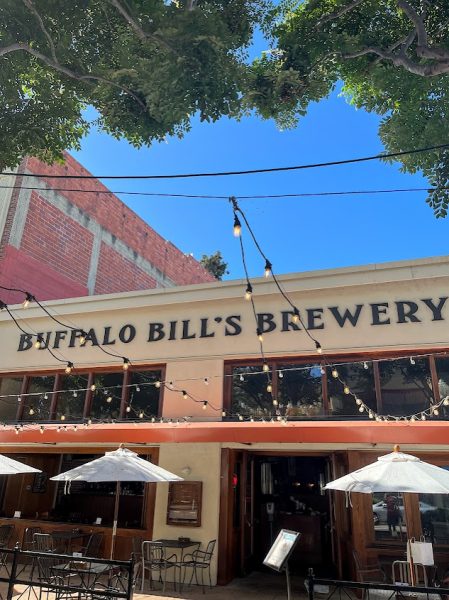Oakland Unified Votes to Close Elementary Schools in 2022
Budgetary issues cause Oakland Unified to close seven schools
OAKLAND, Calif. —Oakland Unified School District decided that an expected budget deficit to the district must be handled by closing seven schools throughout the district on Feb. 9, NBC reported. The vote came late in the night after dozens of pleas from students, teachers, and parents fought to keep the schools open, according to Oakland North News.
Originally, Oakland Unified planned to close 19 schools over the course of a few years. After weeks of protests, the district has decided to close seven schools instead of cutting others back. Some K-8 schools are losing the later grades, and students will have to move to a new school at the end of this or next year.
These are primarily elementary schools as Oakland Unified says that low enrollment, particularly among elementary-age students, is increasing and more than a third are below sustainable enrollment. Oakland Unified is attempting to save money necessary to provide some sort of function for their over 36 thousand students.
The district argues that lower birth rates, COVID-19 related moves out of the district, and a lack of affordable housing are causing this low enrollment. They argue this is a necessary move to maintain budgetary concerns.
When asked, Bree Rombi, a member of Teach for America, an organization focused on serving underprivileged schools and districts, stressed Teach for America’s stance in supporting schools and teachers, even though they were not involved in the decision to close the schools.
Teachers, parents, and students are protesting this move and the Oakland Education Association as an unnecessary measure that negatively impacts primarily students of color. In all of the schools, less than ten percent on average were white, 36% identified as Black, and 42% identified as Latinx.
Keith Brown, President of the Oakland Education Association, has brought up the point that these schools, once they are sold as charter schools, will not be able to serve communities of color to the same level that public schools can. Charter schools often require some form of payment for students to attend, and this non-public option will rarely work for lower-income communities, which is a huge disadvantage and concern in Oakland.
On Feb. 18, the OUSD Board held an emergency meeting via Zoom to decide whether or not to extend the closure of schools until the end of the 2022-2023 school year. Currently, schools are slated to close at the end of the 2021-2022 year. After a twenty-minute presentation by Mr. Moses Omolade and Mx. Andres San-Chez, the two leaders of an eighteen-day hunger strike, and ninety minutes of pleas from the community where not one member supported the board’s decision, the board voted 3-2-1 not to extend the deadline.
Many students throughout the meeting warned the board that a vote not to extend the closures for another year would result in hunger strikes and labor strikes throughout the city. During the meeting, San-Chez warned that they are willing to die for this cause.
Omolade said that “the hope he had for the meeting had dwindled” before it even began. The board members had already made their decisions, and as such, the meeting was often called a sham. The meeting was only agreed to after Omolade and San-Chez agreed to end their hunger strike.
The Oakland City Council and Alameda County Board of Educators have told OUSD that these closures are unnecessary and will negatively impact more students than the money would be worth. Two of the three schools being closed have more than 90% of the student body receiving free or reduced lunch as well as all three named schools for closure this year have at least 50% of the student body being Black while OUSD schools have roughly 20%, Black students, in total. This was another indication that students of color seemed to be targeted in this decision.
These public school students will now need to be bussed to different schools throughout the district, which can create a logistical nightmare for the district, parents, and students themselves. Particularly considering that OUSD does not have a bus system as it stands.
The district is still looking for ways to keep money flowing and the students well taken care of, but the closure of these schools will cause problems for all of the students that need to move and the families that have to find ways around working hours and deal with this added pressure while the COVID-19 pandemic continues.













